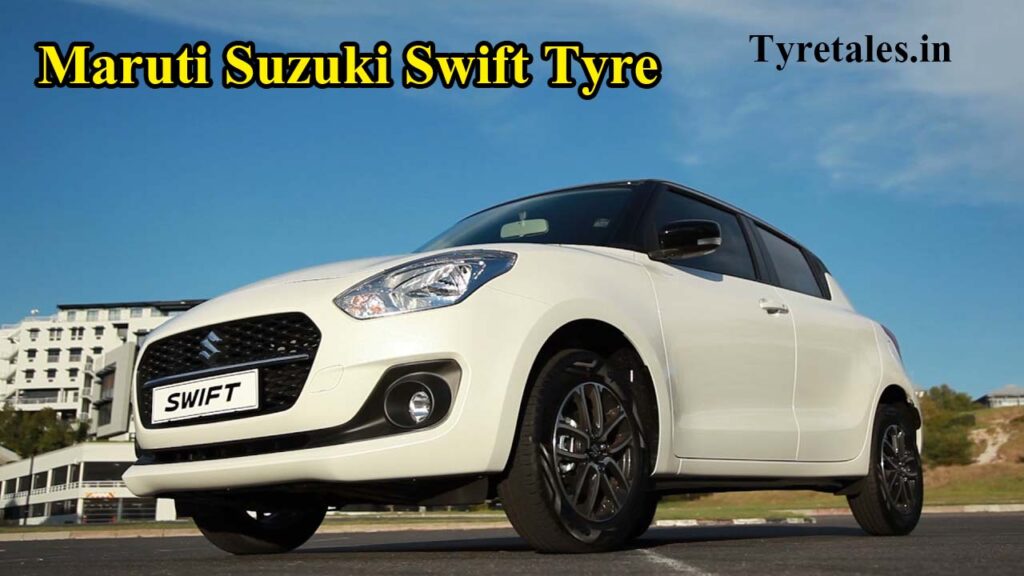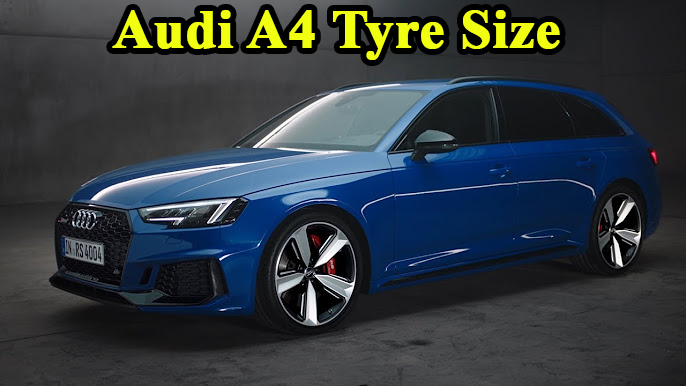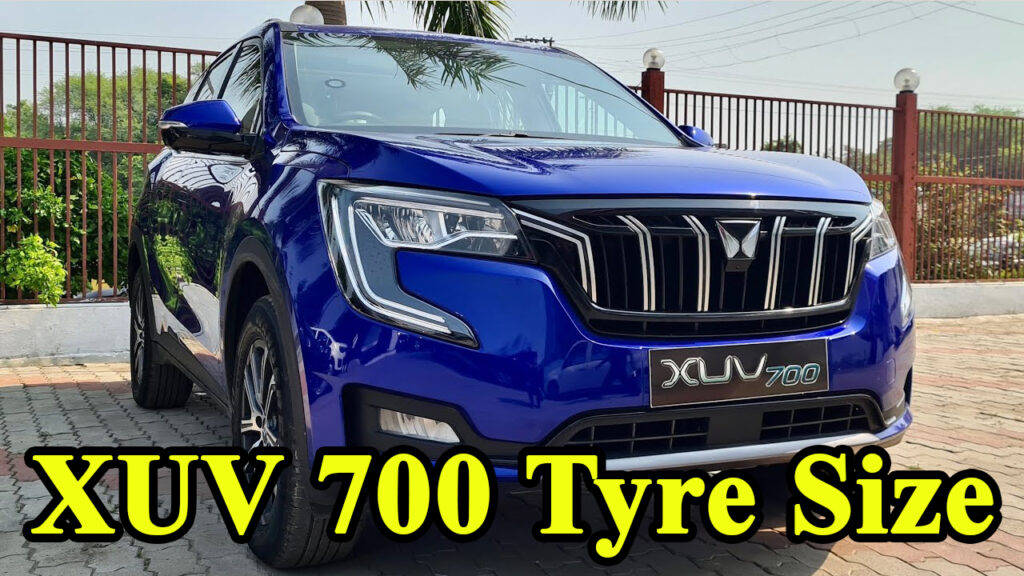The Maruti Suzuki Swift has long been a favourite on Indian roads, celebrated for its peppy performance, nimble handling, and fuel efficiency. But did you know that the “feet” your Swift runs on – its tyres – play a crucial role in delivering that quintessential Swift experience? Choosing the right tyre size isn’t just about aesthetics; it directly impacts your car’s performance, safety, and even your wallet. This in-depth guide will unravel the intricacies of Swift tyre sizes in India, helping you make informed decisions for optimal driving.
Decoding Tyre Specifications: What Do Those Numbers Mean?
Before we delve into specific Swift tyre sizes, let’s understand the language of tyre markings. A typical tyre size, like 185/65 R15, conveys vital information:
- 185 (Section Width in mm): This number indicates the tyre’s width in millimetres, from one sidewall to the other. A wider tyre generally offers more grip.
- 65 (Aspect Ratio): This is the height of the tyre’s sidewall expressed as a percentage of its width. In this case, the sidewall height is 65% of 185mm. A higher aspect ratio means a taller sidewall, which often translates to a more comfortable ride, while a lower aspect ratio typically offers better handling and a sportier look.
- R (Construction Type): The “R” stands for “Radial,” signifying the tyre’s internal construction. Radial tyres are the most common type today, known for their durability and performance.
- 15 (Rim Diameter in inches): This number denotes the diameter of the wheel rim in inches that the tyre is designed to fit.
HF Deluxe Tyre Price in India: A Comprehensive Overview
Maruti Suzuki Swift: Standard Tyre Sizes by Variant
Maruti Suzuki, like all reputable manufacturers, carefully selects tyre sizes for each variant of the Swift to balance various performance parameters. In India, the Maruti Suzuki Swift typically comes with two primary tyre sizes depending on the variant:
- Base and Mid Variants (LXi/VXi, and their AMT counterparts): These models are usually fitted with 165/80 R14 tyres. These narrower tyres with a higher aspect ratio contribute to better fuel efficiency and a more comfortable ride, which are often priorities for buyers of these variants.
- Top Variants (ZXi/ZDi, and their AMT/Plus counterparts): The higher-end Swifts come equipped with 185/65 R15 tyres. The wider tread and slightly lower aspect ratio on a larger rim provide enhanced grip, improved handling, and a more aggressive stance, aligning with the sportier feel of these variants.
It’s worth noting that some older Swift models might have come with 185/70 R14 tyres on their top variants. Always cross-reference with your vehicle’s owner’s manual or the sticker on the driver’s side door jamb for the exact recommended tyre size for your specific Swift variant.
The Impact of Tyre Size: Performance, Fuel Efficiency, and Safety
The choice of tyre size has a direct bearing on several critical aspects of your Swift’s performance:
- Handling and Grip: Wider tyres (e.g., 185mm) provide a larger contact patch with the road, leading to superior grip, especially during cornering and braking. This enhances the car’s stability and overall handling. Narrower tyres (e.g., 165mm) might offer slightly less ultimate grip but can be more nimble in city driving.
- Ride Comfort: Tyres with a higher aspect ratio (taller sidewalls) provide more cushioning against road imperfections, leading to a softer and more comfortable ride. Conversely, lower profile tyres (smaller aspect ratio) offer a firmer ride but often better road feedback.
- Fuel Efficiency: Generally, narrower tyres with a smaller contact patch tend to have lower rolling resistance, which can translate to marginally better fuel efficiency. Wider tyres, due to increased rolling resistance and potentially more weight, might slightly reduce fuel economy. However, advancements in tyre technology are constantly improving the fuel efficiency of wider tyres.
- Speedometer Accuracy: Sticking to the manufacturer’s recommended tyre size is crucial for maintaining speedometer accuracy. Changing to a tyre with a significantly different overall diameter can cause your speedometer to read incorrectly, leading to inaccurate speed readings and odometer mileage.
- Braking Performance: Optimal tyre size, coupled with the right tread pattern and compound, ensures efficient braking. Wider tyres often contribute to shorter braking distances due to their increased grip.
- Aesthetics: Larger rims and lower profile tyres often lend a sportier, more aggressive look to the car, which is a key reason many owners consider upsizing.
Kia Gears Up to Launch Three Exciting New Models in India: Here’s What to Expect
Upsizing Your Swift’s Tyres: Pros and Cons
Many Swift owners consider upsizing their tyres for enhanced looks and perceived performance benefits. While it can be tempting, it’s essential to understand the potential implications:
Pros of Upsizing:
- Improved Road Grip: A wider tyre generally offers better grip, especially during enthusiastic driving.
- Enhanced Cornering: Stiffer sidewalls of lower profile tyres can lead to sharper cornering and reduced body roll.
- Sportier Appearance: Larger wheels and lower profile tyres undoubtedly enhance the car’s visual appeal.
Cons of Upsizing:
- Reduced Fuel Efficiency: As mentioned, wider tyres can lead to increased rolling resistance and thus, lower fuel economy.
- Harsher Ride: Lower profile tyres offer less cushioning, making the ride feel stiffer and more susceptible to road imperfections.
- Increased Steering Effort: Wider tyres might make the steering feel heavier.
- Speedometer Inaccuracy: Significant changes in overall tyre diameter will impact speedometer and odometer readings.
- Potential for Rubbing: If the upsized tyre is too large, it might rub against the wheel wells, especially during turns or over bumps, leading to damage.
- Increased Cost: Larger tyres and rims are generally more expensive.
- Warranty Implications: Unapproved tyre size changes might void certain aspects of your car’s warranty.
If considering an upgrade, consult a tyre expert who can recommend suitable upsize options that maintain overall diameter within a safe tolerance (typically within 2-3% of the stock diameter) to minimize negative impacts. Common upsize options for the Swift often include moving from 165/80 R14 to 185/70 R14 or 195/60 R15, and from 185/65 R15 to 195/60 R15 or 205/55 R15.
Popular Tyre Brands for Maruti Suzuki Swift in India
The Indian market offers a wide array of reputable tyre brands that cater to the Maruti Suzuki Swift. Some of the popular choices known for their quality, durability, and performance include:
- Michelin: Known for premium comfort, low noise, and excellent grip.
- Bridgestone: Offers a good balance of performance, durability, and fuel efficiency.
- Goodyear: Provides reliable performance with a focus on longevity and wet grip.
- Apollo: A strong Indian brand offering durable and cost-effective options like Amazer 4G Life and Alnac 4G.
- CEAT: Another prominent Indian brand known for its robust and value-for-money tyres like Milaze X3.
- JK Tyre: Offers a range of tyres for different driving needs, including high mileage options.
- MRF: A popular choice for its robust construction and durability.
- Yokohama: Known for its quiet ride and good performance.
- Continental: Offers advanced tyre technologies for enhanced safety and comfort.
Maintaining Optimal Tyre Pressure
Regardless of the tyre size, maintaining correct tyre pressure is paramount. For the Maruti Suzuki Swift, the recommended tyre pressure is typically 29 PSI for both front and rear tyres when unloaded. When the vehicle is fully loaded, the recommended pressure might increase to 33 PSI. Always refer to your car’s manual or the sticker on the driver’s door for the precise recommendations. Regularly checking and maintaining tyre pressure ensures:
- Improved Fuel Economy: Properly inflated tyres reduce rolling resistance.
- Extended Tyre Life: Prevents uneven wear patterns.
- Enhanced Safety: Ensures optimal grip and braking performance.
- Smoother Ride: Balanced pressure helps absorb road imperfections effectively.
Conclusion
Choosing the right tyre size for your Maruti Suzuki Swift is a decision that impacts not just its appearance but also its core driving characteristics. While the factory-recommended sizes are engineered for optimal balance, understanding the implications of different sizes empowers you to make informed choices. Whether you stick to the standard or consider a sensible upsize, prioritizing quality tyres from reputable brands and diligently maintaining proper tyre pressure will ensure a safe, efficient, and enjoyable driving experience for miles to come.
Frequently Asked Questions (FAQs) about Maruti Suzuki Swift Tyre Sizes
Q1: What are the standard tyre sizes for the Maruti Suzuki Swift in India? A1: The standard tyre sizes typically depend on the variant. Base and mid-variants (LXi/VXi) usually come with 165/80 R14, while top variants (ZXi/ZDi) are fitted with 185/65 R15.
Q2: Can I upgrade my Swift’s tyre size? A2: Yes, you can upgrade, but it’s crucial to do so wisely. Consult a tyre expert to ensure the chosen size maintains the overall diameter close to the stock specification (within 2-3% tolerance) to avoid issues with speedometer accuracy, rubbing, and warranty.
Q3: Does a wider tyre affect fuel efficiency in the Swift? A3: Generally, wider tyres can slightly reduce fuel efficiency due to increased rolling resistance. However, modern tyre technologies are minimizing this impact.
Q4: What is the recommended tyre pressure for the Maruti Suzuki Swift? A4: For an unloaded Swift, the recommended tyre pressure is typically 29 PSI for both front and rear tyres. When loaded, it may increase to 33 PSI. Always check your car’s manual or door jamb sticker for the exact recommendations.
Q5: Which are some popular tyre brands for the Maruti Suzuki Swift in India? A5: Popular brands include Michelin, Bridgestone, Goodyear, Apollo, CEAT, JK Tyre, MRF, Yokohama, and Continental, all offering a range of options suitable for the Swift.
Q6: How often should I check my Swift’s tyre pressure? A6: It is recommended to check your tyre pressure at least once a month, and always before a long journey, when the tyres are cold.




